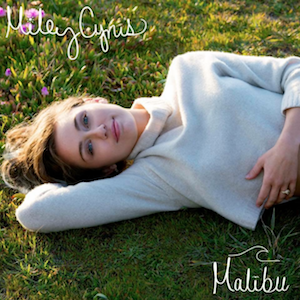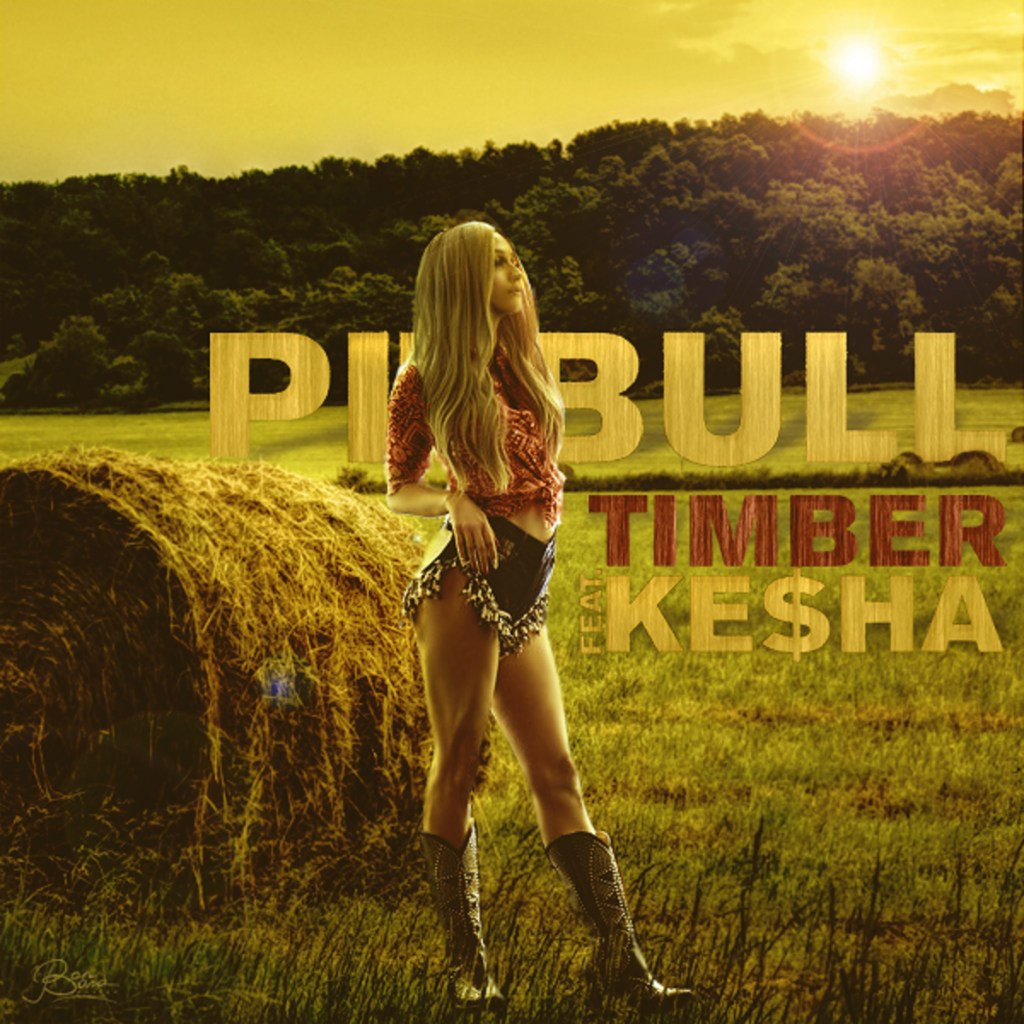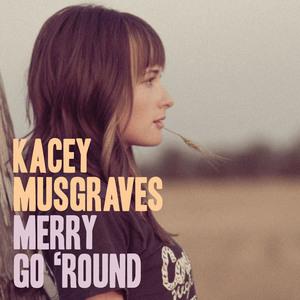 Among the sprawling landscape of modern jam band music, few songs embody both the spirit of improvisation and the message of mindfulness quite like “Jamflowman.” Written and performed by the Vermont-based quartet Twiddle, “Jamflowman” has grown from a quirky, feel-good number into a veritable anthem for the community that surrounds the band. Over the years, it has become not just a fan favorite, but also a statement of purpose—a musical mission to live in the present, go with the flow, and celebrate the unfiltered joy of the moment.
Among the sprawling landscape of modern jam band music, few songs embody both the spirit of improvisation and the message of mindfulness quite like “Jamflowman.” Written and performed by the Vermont-based quartet Twiddle, “Jamflowman” has grown from a quirky, feel-good number into a veritable anthem for the community that surrounds the band. Over the years, it has become not just a fan favorite, but also a statement of purpose—a musical mission to live in the present, go with the flow, and celebrate the unfiltered joy of the moment.
To fully appreciate “Jamflowman,” one must understand its roots, its unique musical construction, and its evolving legacy within the ever-expanding jam scene.
Origins: From Burlington Basements to Festival Stages
Twiddle formed in 2004 at Castleton State College in Vermont, a fertile ground for budding musicians inspired by the likes of Phish, the Grateful Dead, and other pioneers of extended improvisation. Guitarist and lead vocalist Mihali Savoulidis, keyboardist Ryan Dempsey, bassist Zdenek Gubb, and drummer Brook Jordan built their reputation on the New England club circuit before graduating to national festivals and major venues.
“Jamflowman” emerged in the late 2000s as the band’s mission statement. Savoulidis has often described the song as a reflection on the importance of staying present, of letting life unfold without forcing it—a philosophy that resonates with jam band fans who often equate live music with spiritual release. The title itself sounds like a mythical character, a wandering sage who appears wherever the music flows.
For many listeners, “Jamflowman” was their gateway into Twiddle’s world. It captured everything the band was becoming known for: funky grooves, tight musicianship, sing-along hooks, and improvisational passages that could stretch far beyond the recorded version.
Lyrics: A Playful Philosophy of Presence
At first glance, the lyrics of “Jamflowman” might appear deceptively simple. Phrases like “be where you are” and “don’t fight the Jamflowman” sound almost childlike in their repetition. But beneath the playful wordplay lies a surprisingly thoughtful mantra.
The Jamflowman character represents the flow state—the sweet spot where action and awareness merge, where the present moment takes precedence over past regrets or future anxieties. Much like Eastern philosophies of mindfulness or the improvisational ethos of jazz, the Jamflowman teaches that life is most rewarding when you surrender to the current.
Lines such as “don’t chase it, don’t waste it” echo the wisdom of jam band culture itself. Fans who travel from show to show know that the magic happens not when you force an outcome but when you allow the night to unfold naturally. Each performance is unique, and to “fight” the Jamflowman is to resist the unpredictable beauty of live music.
Musical Structure: Groove, Growth, and the Open Road
Musically, “Jamflowman” is a masterclass in dynamics and restraint. It begins with a laid-back reggae-inflected groove, featuring Mihali’s crisp guitar chords, Brook Jordan’s tight snare accents, and Dempsey’s playful keyboard flourishes. The rhythm section, anchored by Gubb’s melodic bass lines, creates a buoyant foundation that invites listeners to sway, nod, and settle into the pocket.
The verses maintain a breezy, almost tropical feel, reflecting the song’s lyrical emphasis on ease and flow. But as the track progresses, Twiddle gradually layers complexity—elongating solos, shifting time signatures, and weaving in extended improvisations. By the time the band reaches the climactic jam, the song has transformed from a simple sing-along into a swirling tapestry of funk, rock, and jazz-inflected psychedelia.
This ability to start small and build toward transcendence is a hallmark of Twiddle’s songwriting. “Jamflowman” in particular functions like a microcosm of a jam band set: a catchy hook to draw you in, a spacious midsection for exploration, and a triumphant return to the theme. Whether the song lasts seven minutes or stretches past twenty in a live setting, it never loses its sense of purpose.
Live Evolution: The Jamflowman Takes Flight
If the studio recording of “Jamflowman” (featured on 2011’s Somewhere on the Mountain) captures the song’s essence, the live versions reveal its true power. Over the years, Twiddle has treated the track as a canvas for experimentation, using it to launch into uncharted improvisational territory.
At festivals like Twiddle’s own Tumble Down, “Jamflowman” often serves as a centerpiece, drawing massive sing-alongs and ecstatic dancing. The band might stretch the middle section into a kaleidoscopic jam, weaving in teases of other songs or giving each member room for extended solos. Mihali’s guitar work—fluid, expressive, and often soaring into melodic peaks—can take the audience on a journey from gentle reggae grooves to blistering rock climaxes.
One hallmark of Twiddle’s performances is their ability to read the crowd. On some nights, “Jamflowman” remains tight and celebratory, a concise burst of positivity. On others, it becomes a sprawling 20-minute odyssey, moving through multiple key changes, tempo shifts, and genre-bending detours. Fans relish this unpredictability; no two versions are exactly alike, and each one offers a new perspective on the song’s core message.
Community and Culture: Why “Jamflowman” Matters
In the jam band scene, songs often become more than just music—they become communal rituals. “Jamflowman” is one of those rare tracks that unites both die-hard Twiddle fans (“Twiddiots,” as they affectionately call themselves) and casual listeners. Its sing-along chorus provides an entry point for newcomers, while its improvisational sections reward longtime followers who chase the band from show to show.
The song also embodies the ethos of the jam community: inclusivity, positivity, and collective transcendence. Festivals like Bonnaroo, Peach, and Electric Forest thrive on these values, creating temporary utopias where strangers can connect through music. “Jamflowman” fits perfectly into this environment, offering a soundtrack to moments of shared joy and spontaneous connection.
Moreover, the song’s message resonates far beyond the confines of a concert field. In an era of constant distraction and digital overload, “Jamflowman” serves as a gentle reminder to slow down, breathe, and embrace the now. Its lyrics may be playful, but its wisdom is profound.
Musical Influences: A Bridge Between Generations
Twiddle’s sound often draws comparisons to jam giants like Phish, The String Cheese Incident, and Umphrey’s McGee. But “Jamflowman” also nods to earlier influences—Bob Marley’s reggae rhythms, the jazz improvisations of Miles Davis, and the psychedelic explorations of the Grateful Dead.
The reggae backbone, in particular, sets it apart from many of Twiddle’s peers. While other jam bands might favor funk or prog-rock foundations, “Jamflowman” thrives on an island vibe that invites both relaxation and movement. This blend of reggae and improvisation recalls classics like the Dead’s “Estimated Prophet” or Phish’s “Makisupa Policeman,” but Twiddle injects their own modern twist, fusing crisp musicianship with a youthful energy.
Fan Stories and the Myth of the Jamflowman
Over the years, the “Jamflowman” has taken on a life of its own within the fan community. Some interpret the character as a metaphor for Mihali himself, guiding audiences through the ebb and flow of each concert. Others see the Jamflowman as a mystical figure, a kind of cosmic DJ who keeps the universe grooving in perfect sync.
Fans often share stories of hearing “Jamflowman” during pivotal life moments: a first festival, a road trip with friends, a night when everything seemed to click. For many, the song is a soundtrack to transformation—a reminder to trust the process and let go of control.
Recorded Legacy: From Studio to Streaming
The definitive studio version of “Jamflowman” appears on Twiddle’s 2011 album Somewhere on the Mountain, produced during a period of creative growth for the band. The recording captures the band’s youthful exuberance and tight musicianship, balancing crisp production with the looseness of a live performance.
Since then, countless live recordings have surfaced on platforms like Nugs.net and Bandcamp, allowing fans to compare different versions from across the years. Some devotees swear by the 2014 performance at the Catskill Chill Music Festival, where the band delivered a 22-minute rendition filled with soaring guitar peaks and unexpected reggae breakdowns. Others point to more recent Tumble Down sets, where the song often closes the night in euphoric fashion.
Cultural Resonance in the Jam Band Renaissance
The rise of “Jamflowman” coincides with a broader resurgence of jam band culture in the 2010s and 2020s. Bands like Goose, Spafford, and Pigeons Playing Ping Pong have brought improvisational rock to a new generation, blending electronic influences with old-school jamming.
Within this ecosystem, Twiddle occupies a special niche. Their music is unabashedly positive, leaning into themes of love, community, and spiritual growth. “Jamflowman” stands as the clearest distillation of that ethos, making it a rallying cry for fans who value authenticity over irony.
The Future of the Flow
As Twiddle continues to tour and evolve, “Jamflowman” remains a fixture in their setlists—a reliable highlight that can still surprise even the most seasoned listeners. In recent years, Mihali has performed stripped-down acoustic versions at solo shows, revealing the song’s melodic strength even without the full-band fireworks.
Whether in a small Vermont club or on a massive festival stage, “Jamflowman” endures because it captures something timeless. It’s a song about letting go, but it also rewards those who listen closely, offering new nuances with every performance. In a world where so much music is designed for instant gratification, “Jamflowman” invites patience, participation, and presence.
Conclusion: Don’t Fight the Jamflowman
In the grand tradition of jam band anthems, “Jamflowman” is more than just a song—it’s an experience, a philosophy, and a shared journey. From its humble beginnings in Vermont to its status as a festival staple, it continues to inspire audiences to dance, sing, and most importantly, to be here now.
Whether you’re a longtime Twiddle fan or a newcomer discovering the band for the first time, “Jamflowman” offers a simple but powerful lesson: life is better when you stop fighting the current and start riding the flow. In the words of the song itself, “don’t fight the Jamflowman.” And really, why would you?


